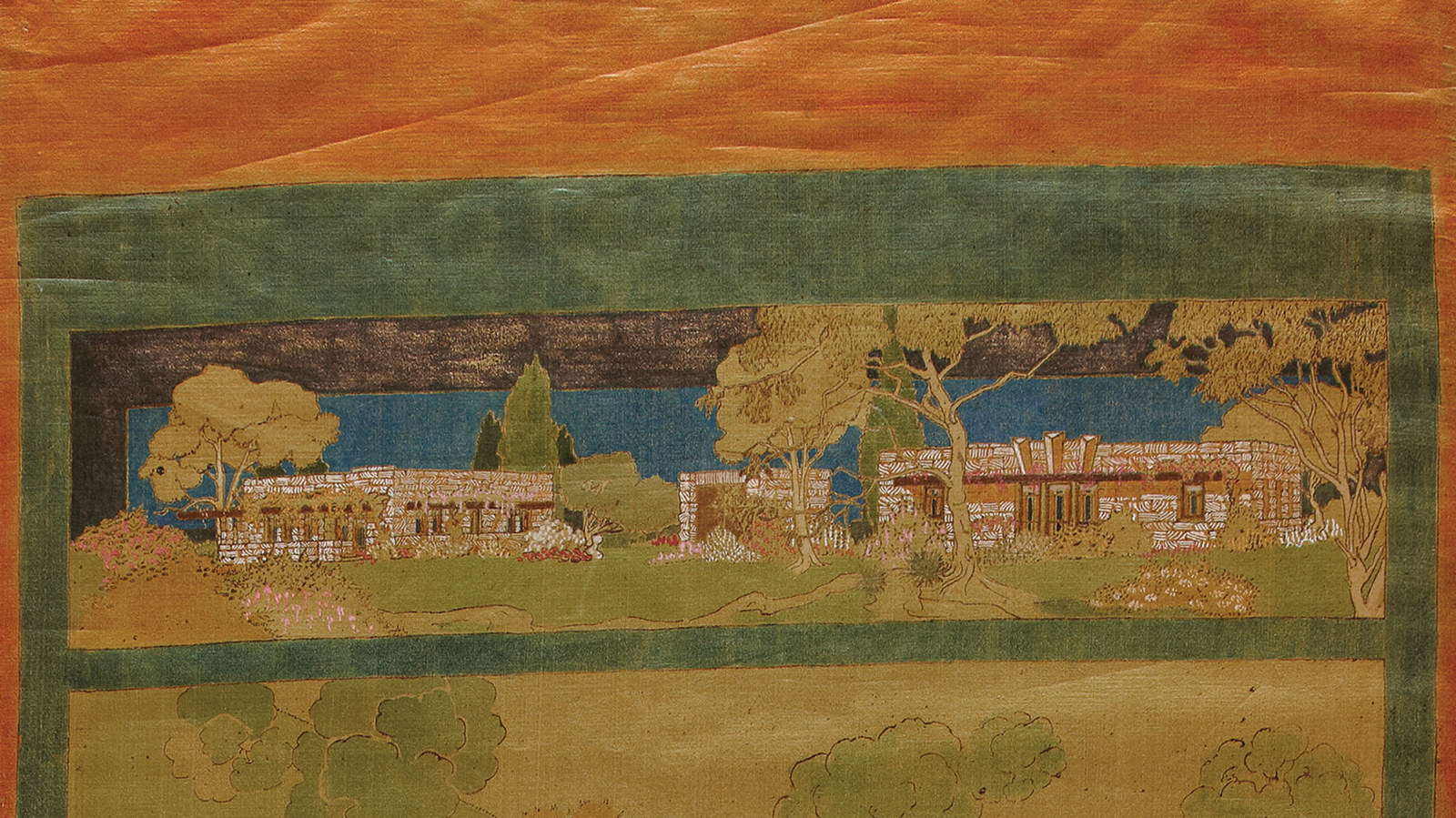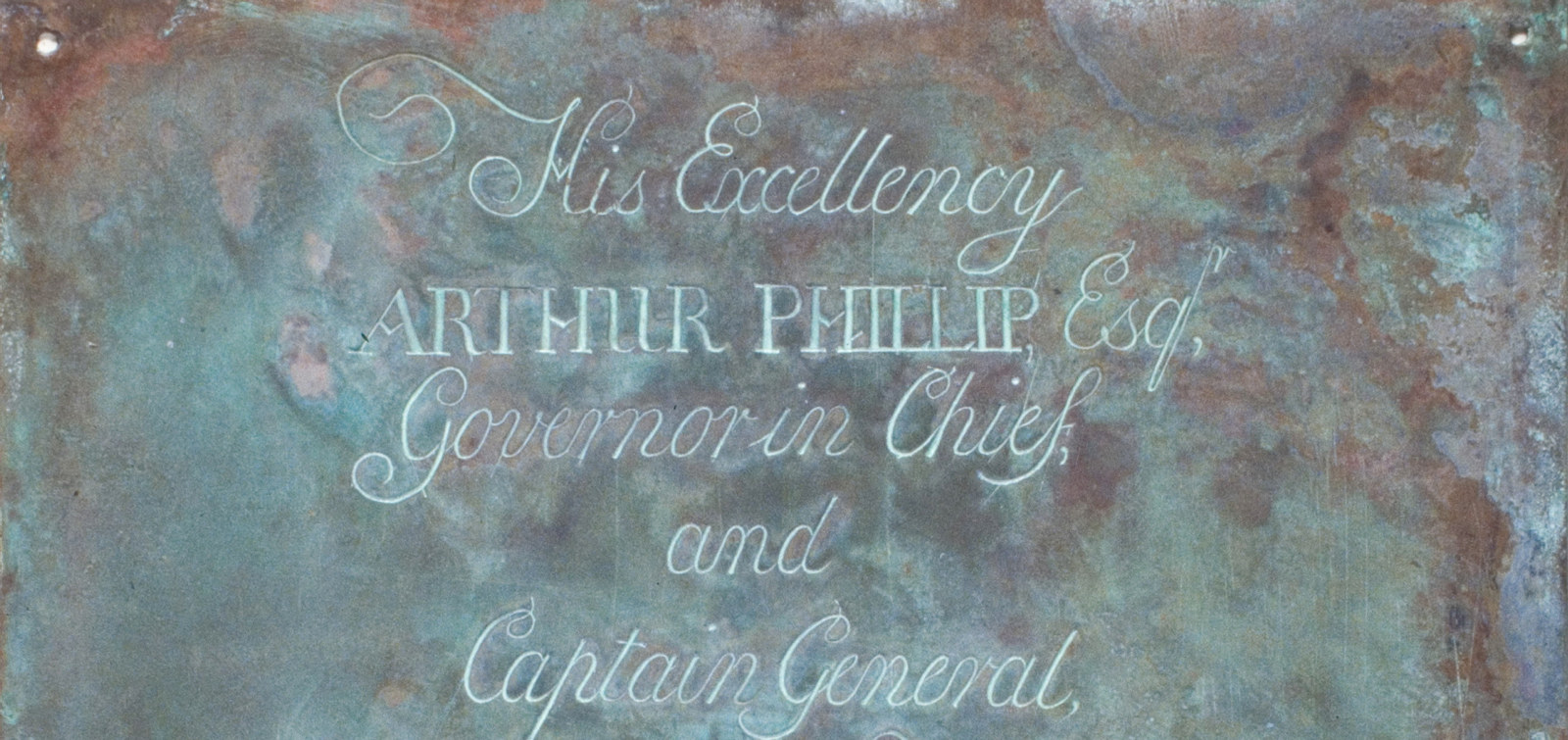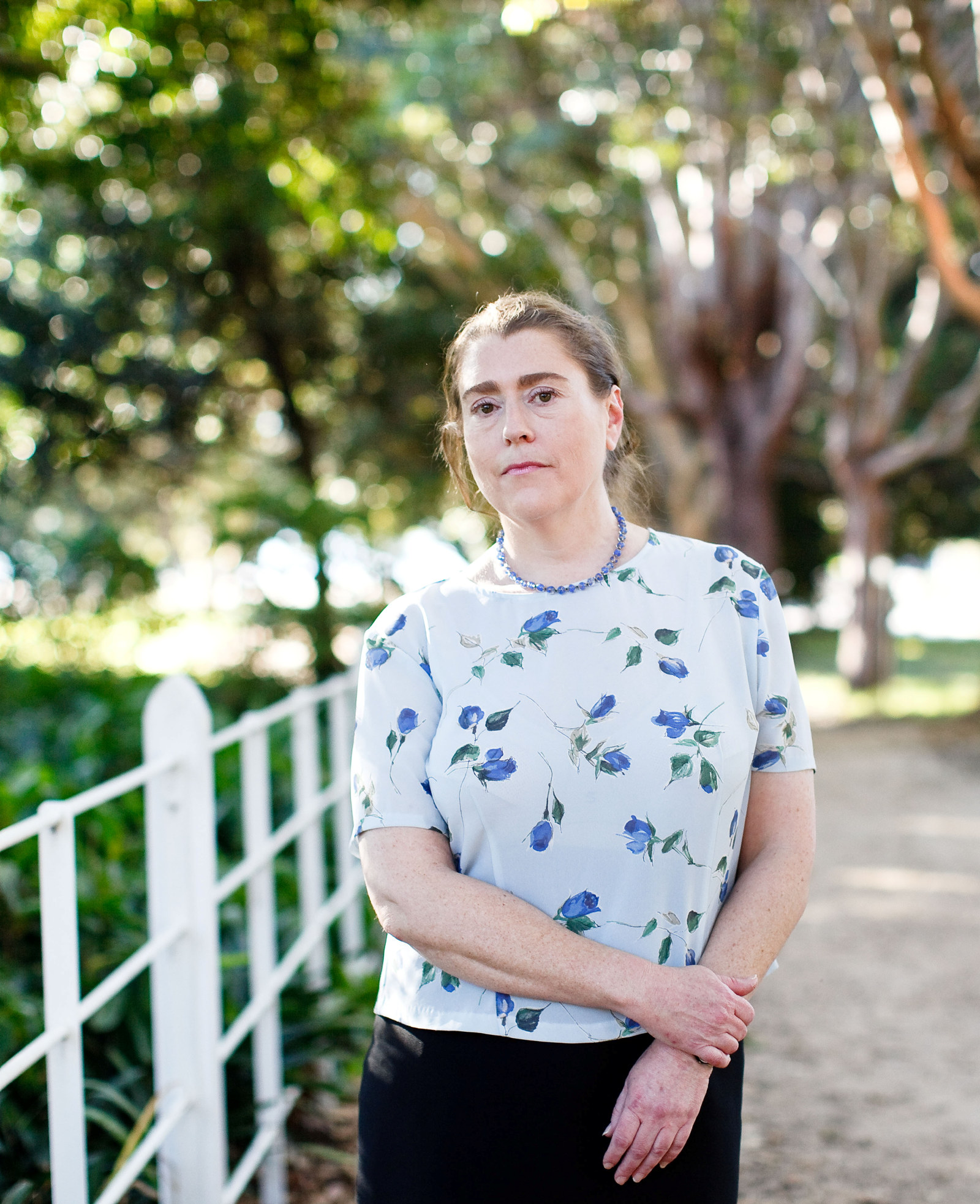Life at Government House in the Macquarie era
Lachlan Macquarie occupied the first Government House longer than any other governor. It was here that he lived, worked and entertained.
From contemporary correspondence and newspaper reports, and Macquarie’s own journals, we have some idea of what life was like at first Government House during this time.
Royal birthdays were important social occasions in Macquarie’s time. Observed as public holidays, they were heralded with bells ringing, flags flying and the firing of royal salutes. The first Government House was at the centre of these celebrations. After reviewing the troops, the Governor held a levee for the civil and military officers and other gentlemen, graced by the recital of a fulsome ode by Macquarie’s ‘poet laureate’, convicted blackmailer Michael Massey Robinson. The birthdays of the King and Prince Regent, in June and August respectively, were marked with an annual dinner, after which, in June 1810, the Government House lawn was thrown open so that the populace could enjoy the music and marvel at the verandah, adorned like ‘an illuminated orange grove’ [2].
A picture of taste and elegance, the ballroom was embellished with variegated lamps and wreath-encircled columns and festooned with leaves and flowers, with mirrors carefully placed to enhance the effect...
The Queen’s birthday in January was a far more lavish occasion; decorations for the anniversary ball and supper were described in great detail in the Sydney Gazette. A picture of ‘taste and elegance’, the ballroom was embellished with variegated lamps and wreath-encircled columns and festooned with leaves and flowers, with mirrors carefully placed to enhance the effect. Large transparent paintings by artist John William Lewin depicted various subjects; in 1811 it was ‘our Native Race in their happy moments of festivity’ and, in 1815, the French army’s disastrous campaign in Russia. In 1817 Mrs Macquarie also erected an illuminated Temple of Hymen in the grounds to honour the recent marriage of Princess Charlotte, daughter of the Prince Regent.
Music was provided by the regimental band, although in 1819 revellers attending the Queen’s birthday ball danced to the novel sound of Pandean pipes accompanied by flutes, clarinets and violins. What seems to have been the Macquaries’ first ball, a ‘farewell Fête’ for Governor Bligh and his daughter in April 1810, culminated in a fireworks display. In 1818 the ballroom was decorated for the colony’s 30th anniversary to honour Governor Phillip, with his likeness executed by Francis Greenway.
Not all admired the entertaining skills of the Governor’s lady. Judge Advocate Ellis Bent thought Elizabeth an uncomfortable hostess, who provided a meal so small that ‘one might have danced a Reel between the dishes’[3], while Joseph Arnold thought that the Macquaries – ‘both Scotch & consequently close fisted’ – kept ‘a shabby table’ [4]. To the indignation of many, regular guests included a select smattering of emancipists.
The Governor entertained regularly, holding ‘public’ dinners for the principal officers and gentlemen and for visiting officers from French and Russian ships. Mrs Macquarie gave ‘little dances’ and concerts, perhaps using the Broadwood grand piano she had brought to the colony. There were also tea parties, card evenings and smaller, more intimate gatherings to celebrate personal anniversaries.
A daughter born to the Macquaries in 1808 had died just three months later and Elizabeth’s six subsequent miscarriages made the birth of their son at Government House in March 1814 an occasion of great joy.
Young Lachlan’s doting parents celebrated his birthdays with water excursions, feasts and parties for his friends and the Macquaries’ inner circle. On his sixth birthday he appeared in Highland dress for the first time and the day’s festivities ended with dancing.
An inventory of government-owned furniture prepared in 1821 suggests how Government House was furnished and used. It had a private drawing room and little dining room suitable for family occasions, supplemented by the new bow-fronted large dining room and drawing room, both furnished for large-scale entertaining. The drawing room’s 38 chairs, two large armchairs and three sofas would seem to have been inadequate to cater for larger events, when more than 150 guests might crowd into the house.
However, like most governors, Macquarie had also brought his own furniture with him and sold much of it on his departure. Auction notices list household furniture, books, chinaware, carriages, carpets, wines, ‘chandeliers (beautifully ornamented)’, pictures and curtains. Some objects known to have belonged to the Macquaries survive. The Museum of Sydney collection includes a piece of what is thought to have been their dinner service, with fashionable Imari pattern, and Lachlan Macquarie’s portable writing desk, which probably accompanied him on his travels throughout the colony.
The Macquaries arrived with a retinue of servants, which were augmented by convicts and others engaged in the colony. Mary Rouse, daughter of Richard Rouse of Rouse Hill, joined the household to care for the infant Lachlan, accompanying the family on their trip to Newcastle in 1818. George Jarvis, purchased as a child from the slave markets of Cochin, was to remain faithfully with his master until Macquarie died in 1824.
The vice-regal residence was not only a home and venue for entertaining, a place for official ceremonies such as the administration of oaths and of assembly before royal mourning processions, but also the governor’s office, where he received petitions and official visitors, composed correspondence and conducted business. Some of the foundations of the first Government House survive to this day and may be seen at the Museum of Sydney, which stands on the site.
... both Scotch, and consequently close fisted...
Published on
Related
![[First Government House, Sydney] / watercolour drawing by John Eyre](https://images.slm.com.au/fotoweb/embed/2022/11/8b76679c68c649dbb0ab45cfb954e5fb.jpg)
Museum stories
First encounters
The Museum of Sydney is built on and around a site that links us to the very beginnings of modern Australia

Discover Paradise on Earth
Whether you’re a lover of design, architecture and art, or simply seeking an oasis in the CBD, this new exhibition invites you to reflect on the extraordinary story of architect Marion Mahony Griffin

First Government House foundation plate
When the foundation plate was rediscovered in 1899 the site of first Government House was a distant memory

Demolished: first Government House
Built on a prominent rise overlooking Sydney Cove, first Government House served as the official residence and administrative office for the first nine governors of New South Wales
